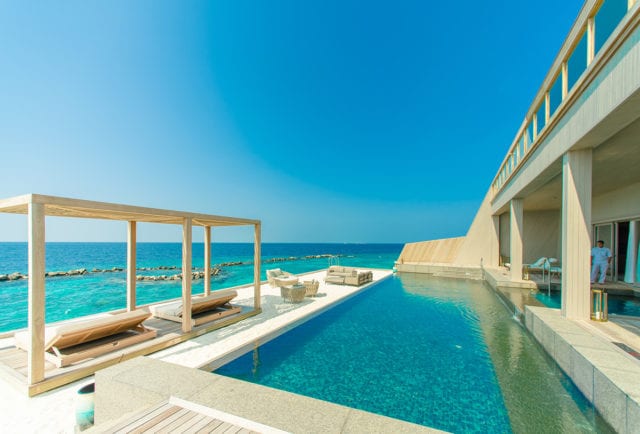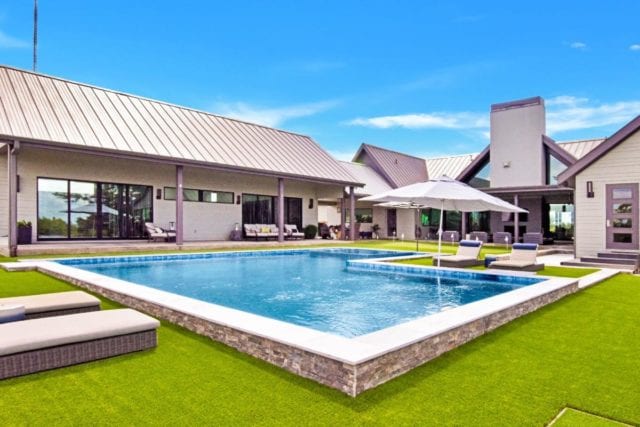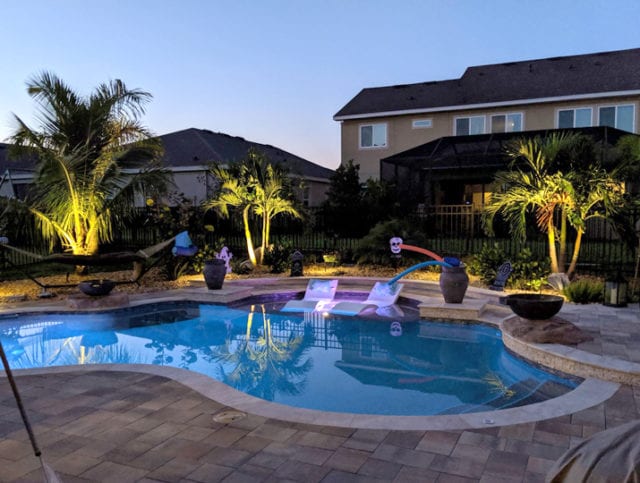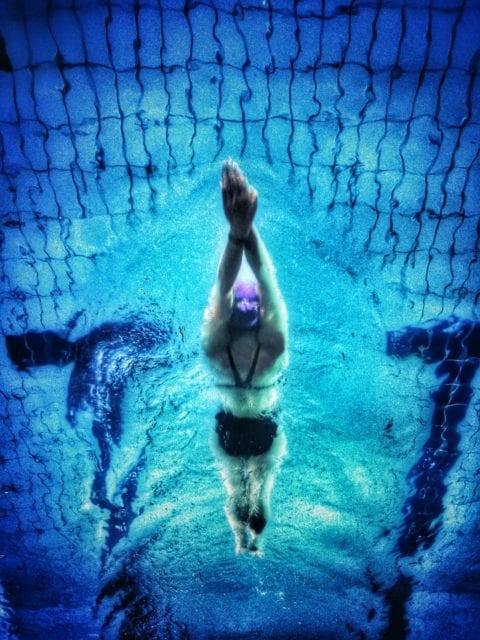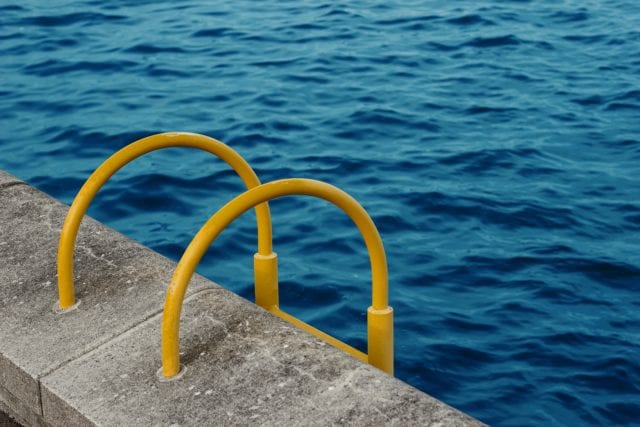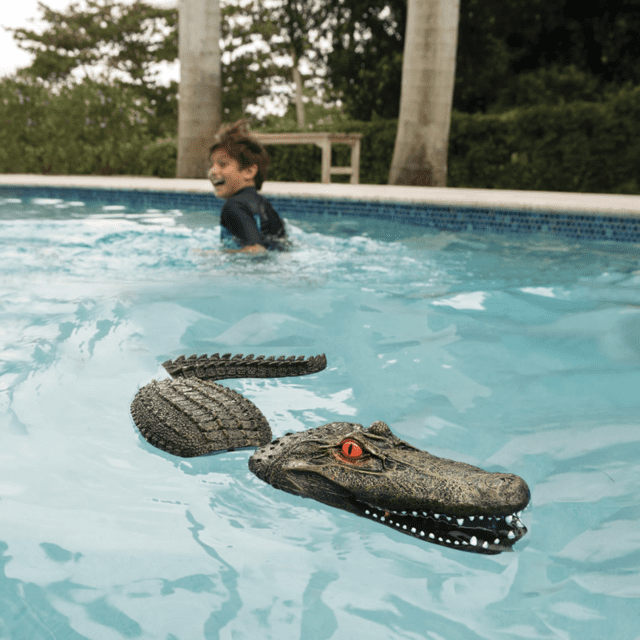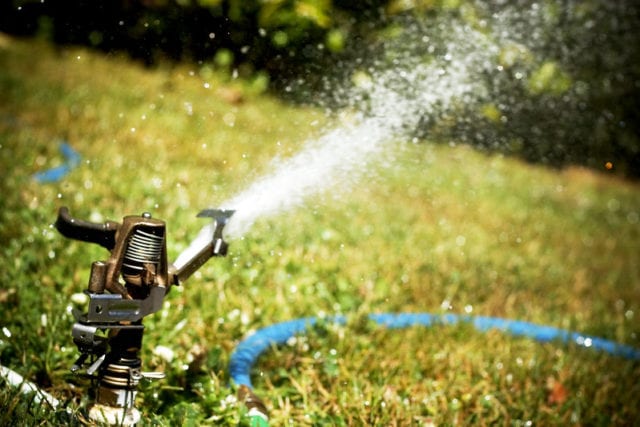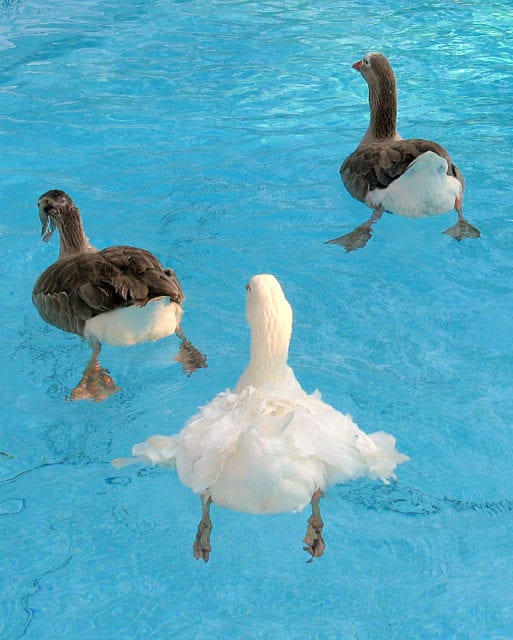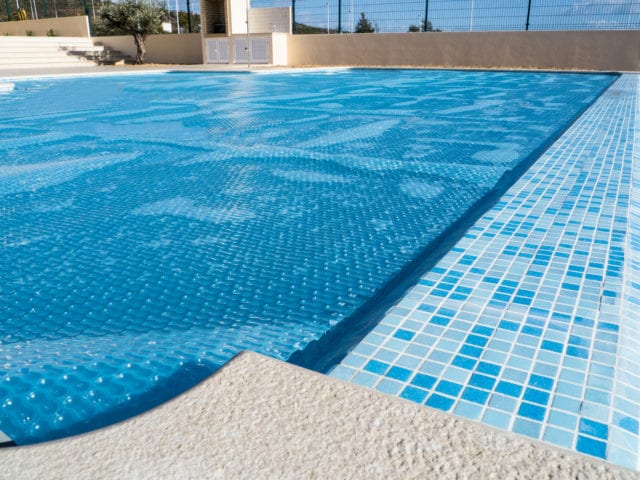Adding the right landscaping to your backyard swimming pool can provide a feeling of relaxation and comfort. It can add a bit more privacy and lighten the mood to make your backyard feel like a true oasis. With the right native plants, it can be a low maintenance and low cost job if you do it right. We do however recommend a professional landscaper to help if you aren’t into the work, but if you’re up for it, there is no reason why you couldn’t tackle some beautiful landscaping to your pool and surrounding area. Below we provide to great tips to get you moving in the right direction.
First thing we suggest is to think about the function of your landscape design. Take some time to consider and think about these important elements before moving forward.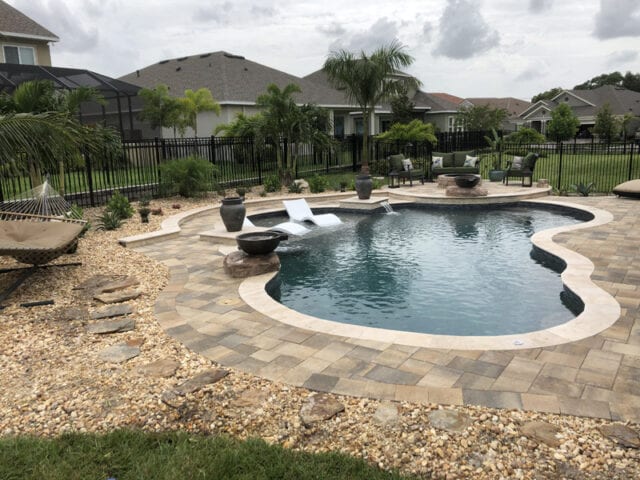
Safety – If you have kids or pets, or often entertain your friends and family, safety is an important factor to consider. Think of fencing, non-slip surfaces and certain lighting needs as part of your design elements.
Privacy – Can you see into your neighbors dining room or even enjoy what they watch on their evening tv station? Privacy may be something to consider when you have a pool or use your backyard often. Fences are a typical first thought but vines, larger tree, shade structures etc. can also be a beautiful design option.
Function & Aesthetics – An easy pool entrance and clear deck is important to consider, so removing any large obstacles such as boulders, rocks, tree roots, sharp edges, etc. Also consider your aesthetics by reviewing your pools shape and theme type you are wanting overall. For example, are going for the natural, tropical, oasis, round edges look or more of a modern, sharp edge, clean look? Consider lighting, foliage and fencing when deciding on your theme.
——————————
Low-maintenance plants and foliage
When choosing foliage consider plants that require little to no maintenance. You don’t want to take up a lot of your time trimming, fertilizing and cleaning up after your pool landscaping. Consider native plants to your area and plants that love full sun, this will also help reduce maintenance and care of the plants.
Ensure you don’t select foliage that shed leaves, seeds, or other debris that can fall into your pool. Also, fruit trees and other insect-attracting plants can bug swimmers. If you’re starting from scratch with your plant landscaping, know the types of shrubs, flowers and trees that do best in your region.
Stick with simple, easy to maintain plants.
Check out what USDA hardiness zone you live in, write down the plants and trees that thrive in your zone, and choose those that fit your desired look.
Fencing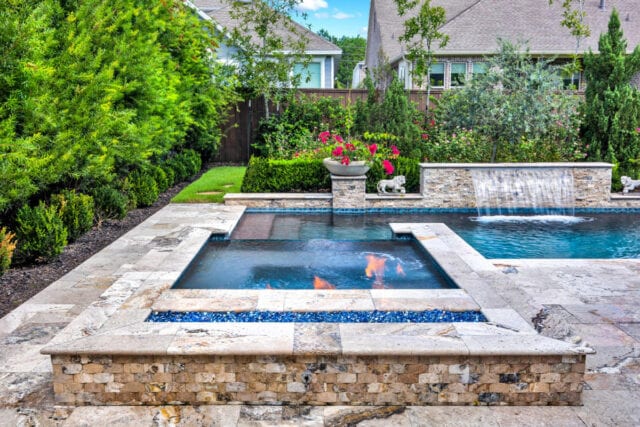
Children and privacy tend to be the main reasons pool owners add a fence. The type of fence you chose depends on aesthetic preference, but options include aluminum, wood, and PVC, which can be molded into a variety of styles. Know whether or not you have a saltwater or chlorine pool before adding a fence, because salt can corrode some fencing materials. For an extra decorative touch, vines like jasmine, trumpet vine, and bougainvillea work well to weave over fences.
Lighting
Lighting not only adds beauty but, more importantly safety. From light paths, to tree lights, spotlights and even string patio lights can provide a relaxing and beautiful atmosphere to your backyard swimming pool.
For energy efficiency, low-voltage LED systems can be used for landscape lighting to light stairs or paths. Solar lights are also easy to maintain and will remain lit into the evening around the pool. Other lighting options can include fire elements like fire pits, bowls, and more for entertaining and heat. It’s an active, breathing source of light that doubles as a stunning accent piece.
Shade Structures
Many pool owners add gazebos, arbors, pergolas, pool houses, and other shade structures to pool areas. Pool houses and guest cabanas are also popular options and give swimmers a place to relax when they’re not in the pool. They also provide shade, dry areas from rain, and provide great cook-out/eating areas as well.
Stone walkways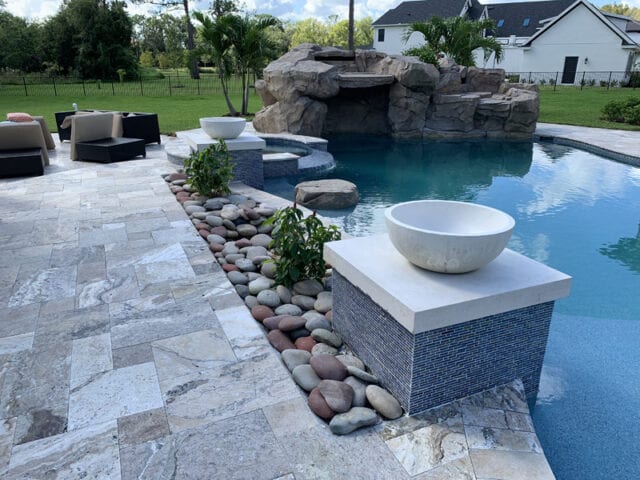
Make a stone slab walkway and bring the grass and deck together in a beautiful pattern. This can be as elaborate or as simple as you choose. You only need enough stones to reach from the door to your pool. And they help keep your pool deck and water cleaner.
Comfort, style, convenience and fun are all part of the landscaping decision process. So enjoy an make educated decisions so you can enjoy it for years to come.
For some inspiration, check out our Pool Gallery.
read more

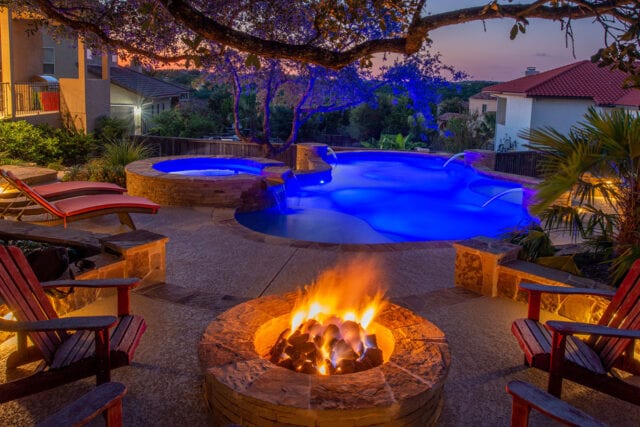
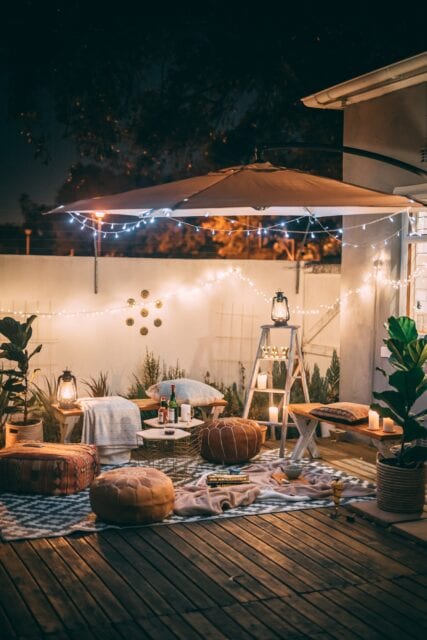



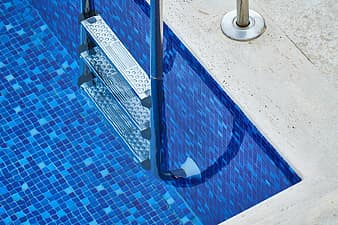
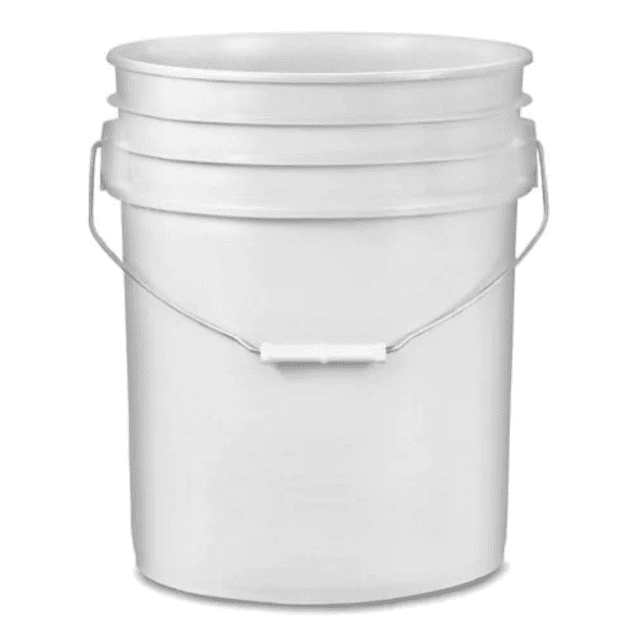

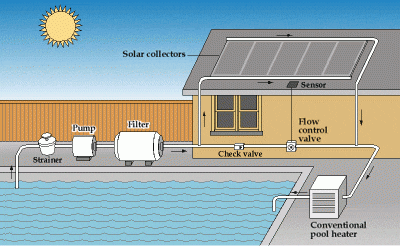
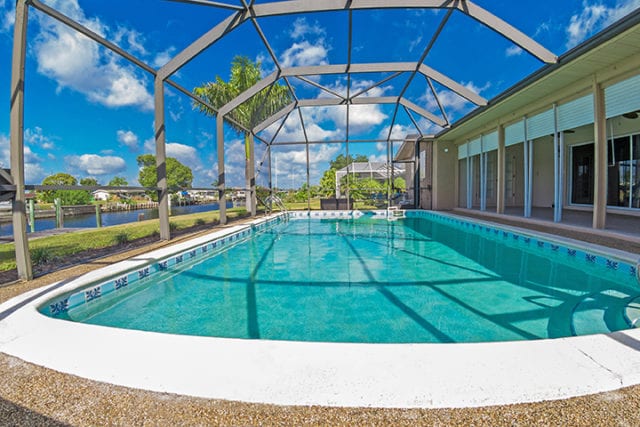 Less Maintenance
Less Maintenance